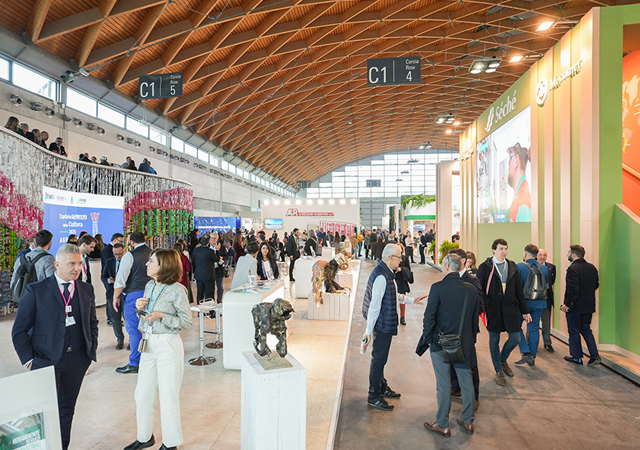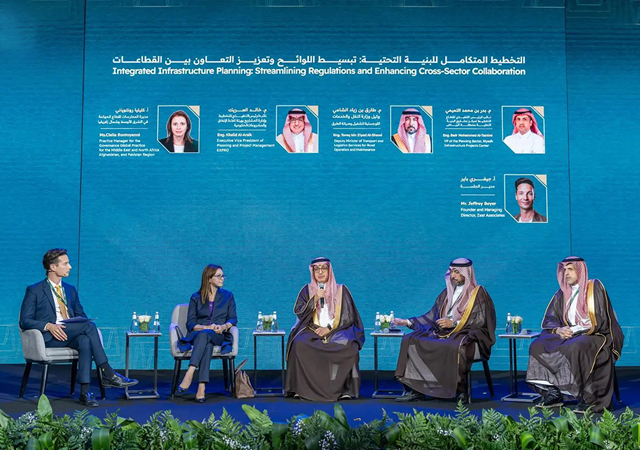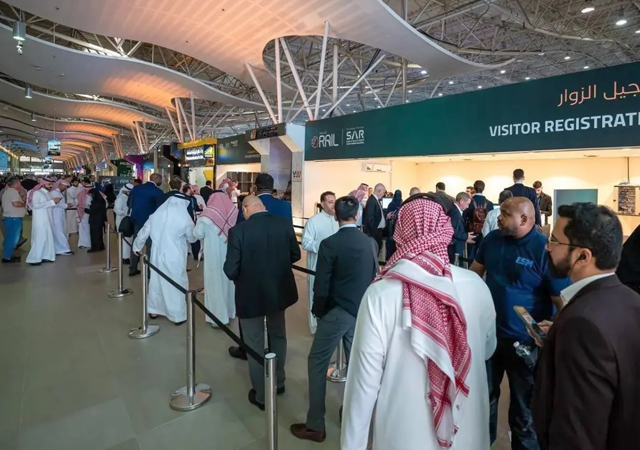 Vertical Villas ... aims to bring the feel of villas to apartments.
Vertical Villas ... aims to bring the feel of villas to apartments.
Designaware, a multi-disciplinary experimental architecture and design studio based in India, is looking at setting up virtual studios in Saudi Arabia and Bahrain in a bid to penetrate the GCC market.
With its headquarters in Hyderabad, and virtual studios in Dubai (UAE), London (UK) and Dallas (US), DesignAware has worked on a range of projects of different scales and typologies, including a villa at Palm Jumeirah in Dubai, says Takbir Fatima, the young founder of the studio.
The practice provides custom-designed solutions to specific design issues for individual clients.
For the villa project at Palm Jumeirah, the owner wanted a direct connect with the sea. DesignAware was responsible for designing the external areas including the swimming pool areas.
 |
Paradise Home ...builds on the courtyard concept. |
The studio created an infinity pool that connects with the sea around The Palm Jumeirah. “With the terrain being flat in Dubai, we sought to create undulating berms in the lawn area interspersed with pergolas, avoiding the need to install seating,” she explains.
Elaborating on the virtual studios which basically are run by an architect in a home-office, she says the concept it to do the work completely offshore, thus cutting costs for the clients. Here, the design work is carried out at its head office in India. “The studio is pluralised through inter-disciplinary collaboration and by creating a virtual network between individuals with different areas of expertise, no matter where they are located, freeing the design process of the limitations of any one geographical location,” she explains.
Fatima believes that in designing the residential architecture of the region, one should look to the past for answers to present urban challenges. Given the fact that every large metropolis in the world seems to resemble the other, “The answer lies in looking back at the roots of the prototypical Arab dwelling unit. In the absence of the technology of today, architects of the past developed elements to deal with aspects of culture, societal norms, climate, functionality and design. These can be seen in the vernacular dwellings that have been preserved for centuries,” she says.
Fatima continues: “The current urban context, with its high density, vertical growth, and the excessive reliance on air-conditioning and artificial lighting is wreaking havoc on our limited natural resources. The language of vernacular answers the pressing challenges of today, and not surprisingly, can be used to address issues of climate change, as well.”
In an attempt to adaptively use vernacular archetypes within a contemporary design language, DesignAware has designed a number of residential structures, such as the Paradise House, an independent, single-family duplex located in Hyderabad, India, below the imposing Golconda Fort. The site is abutted by roads on two sides and a 5-m-high rock face on the third. The rock acts as a natural insulator and barrier for prevailing winds, which carry sand and dust.
“We saw this rock as an opportunity to create privacy within the site. The site had the luxury of space, and a hierarchy of gardens and courtyards was carved out: front lawn, garden, inner courtyard. The rock face shields one side of the courtyard, incidentally the south, and adds a sound and wind barrier, so that the private courtyard becomes the cool green oasis around which all activities revolve.
 |
Vertical Villas ... aims to bring the feel of villas to apartments. |
The residence has two floors, and each floor has been treated independently: the first floor connects to the ground by creating a raised garden on the side adjoining a neighbouring plot. The backyard has been raised by filling in earth to about 2.5 m height, which provides insulation to the hottest part of the house, the west face. It also gives the feeling of being at the ground level, even when sitting on the deck of the upper level. The raised garden not only cools and insulates the building, but also helps reduce the carbon footprint and retard storm-water runoff by 75 per cent. This way, rainwater can also be collected for harvesting.
Meanwhile, for the dense urban context, DesignAware proposes Vertical Villas which aim to reclaim open terraces and convert them into green spaces.
“The concept of Vertical Villas proposes that apartments want to be villas. Hence, we proposed an apartment complex with multiple voids and staggered spatial distribution, giving birth to opportunities for green spaces.
“The selected site – an elongated one – was divided into two parts, and the back was sunken in by 1.5 m. This sunken part gets more privacy and acts as a ground floor villa, complete with a wraparound garden and deep porch. This plan is free of the typical levels above, and also has the luxury of floor-to-ceiling windows without the heat and exposure to dust or visual access.
“The entire building was raised up on pilotis (columns) to create a stilt floor dedicated to parking. The colonnade at the entrance reinterprets a riwaq and the wall-free space brings in natural light and air to the lower level, thus separating the lower ground floor from the upper floors by 3 m. Between these is a tall atrium topped with a tower, which acts as a windcatcher or malqaf, which redirects air into the building, passively cooling common areas on all the floors.
“The lower levels alternately house built blocks, and a bridge connects the main building to the roof. Green roofs are created over these, which not only provide a feel of a villa to the first and second floors, but also provide insulation to the floors below them, shielding over 80 per cent of solar radiation.”



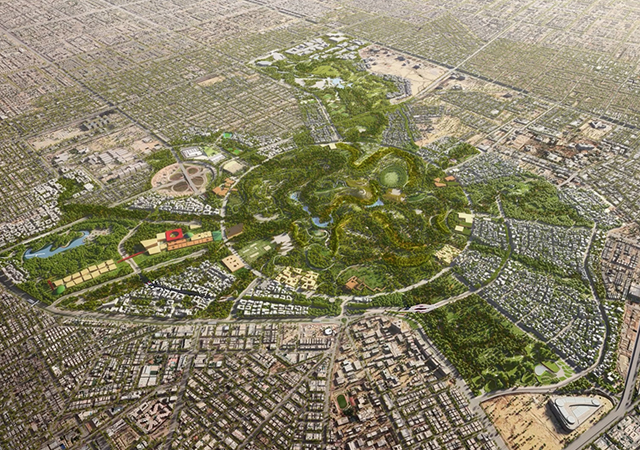
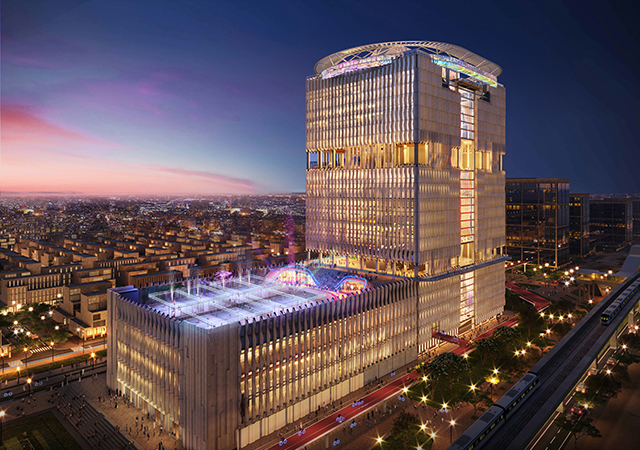
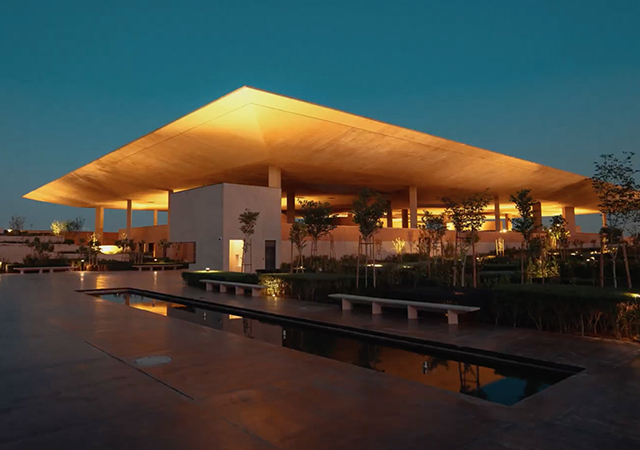
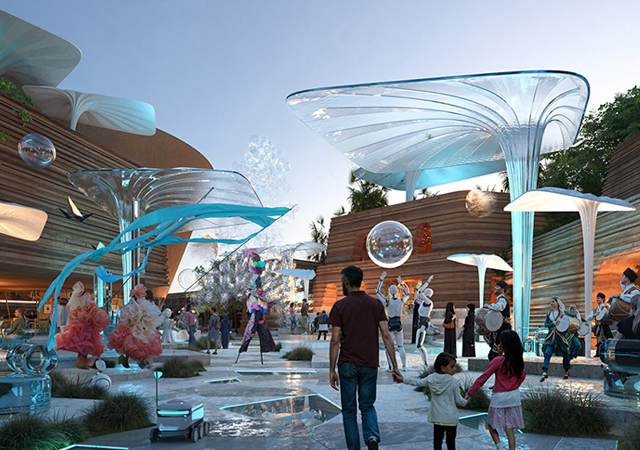

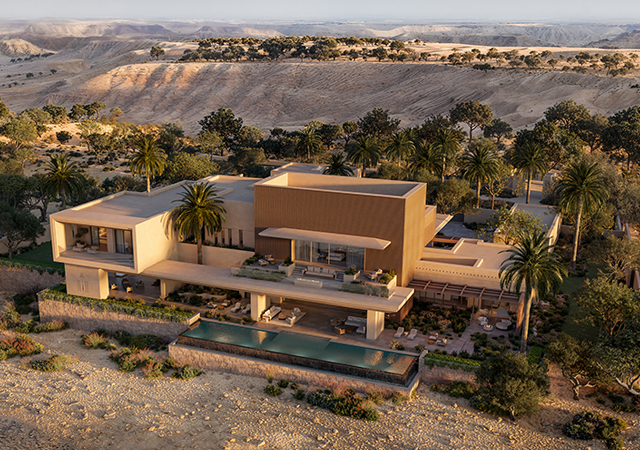
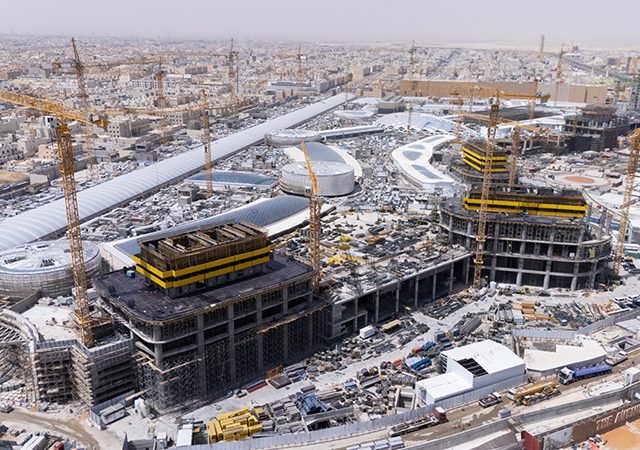
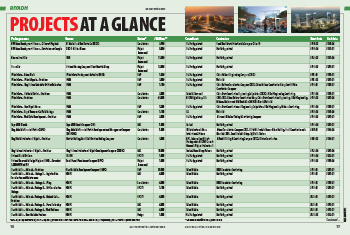
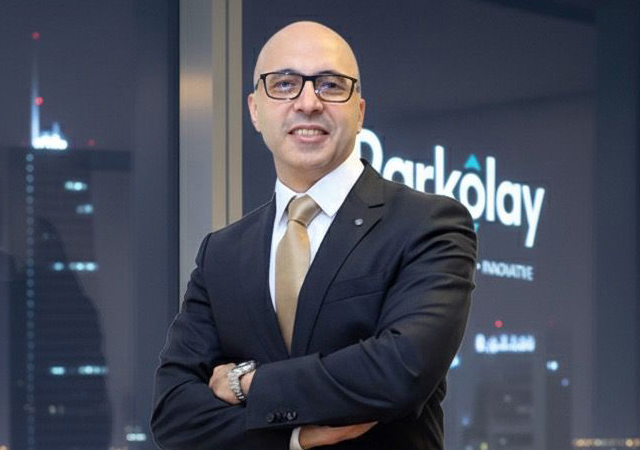


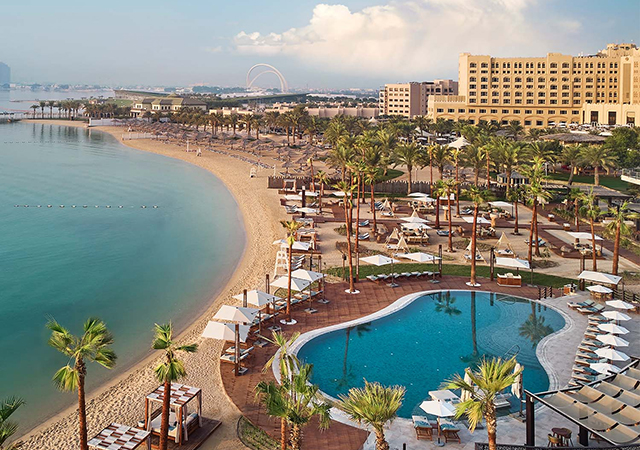
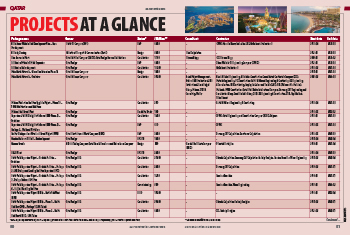
.jpg)
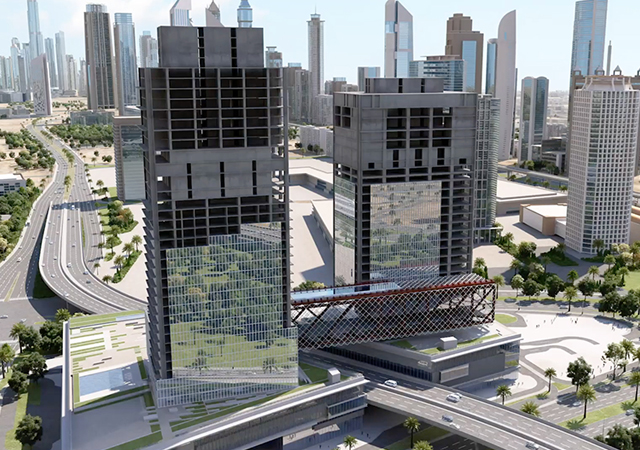
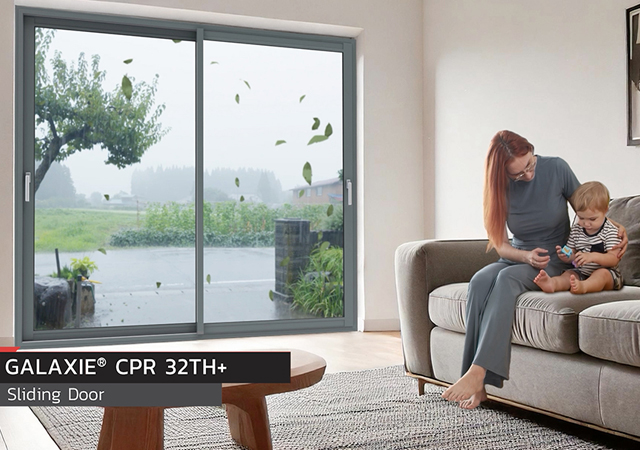
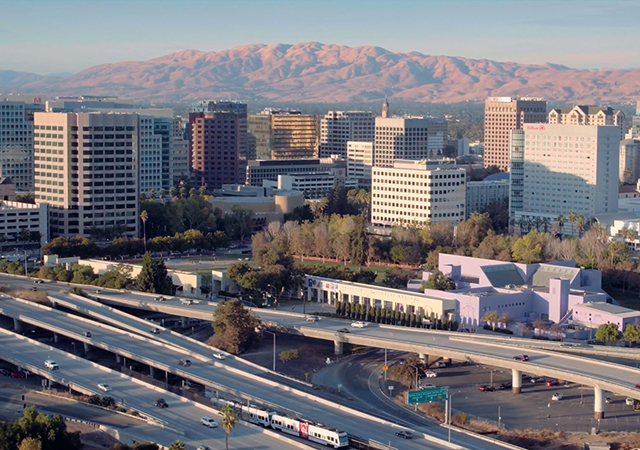


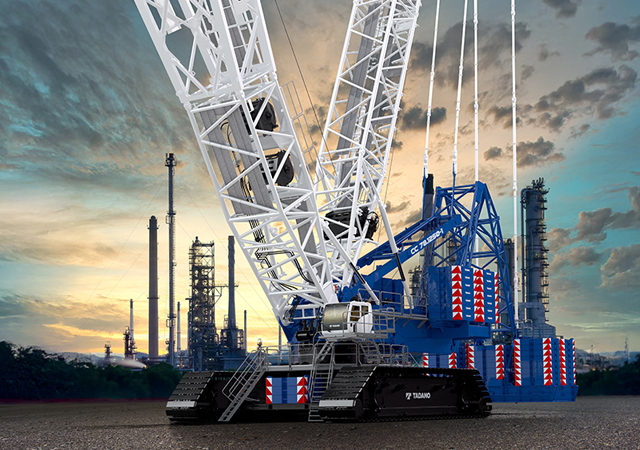
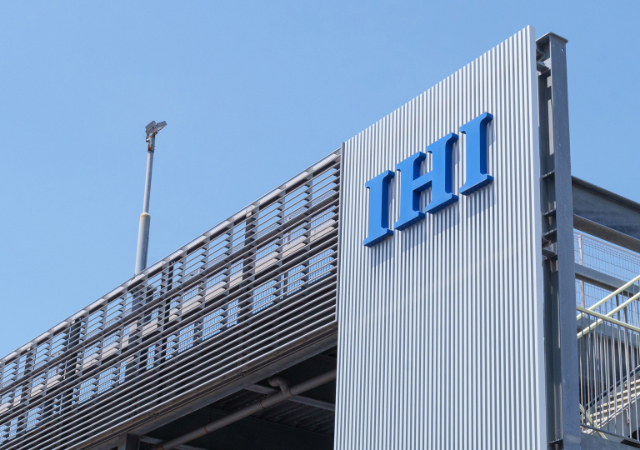

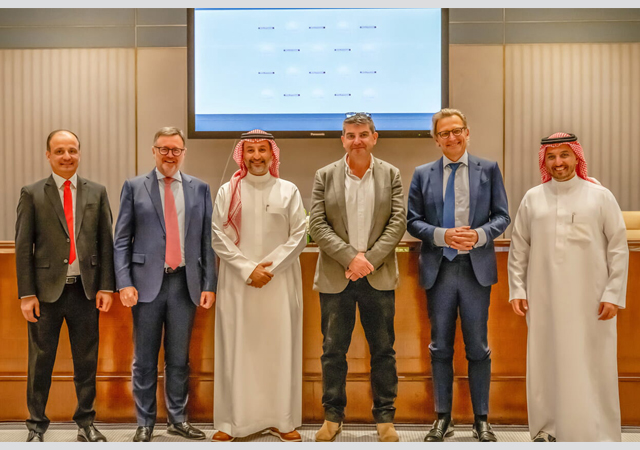

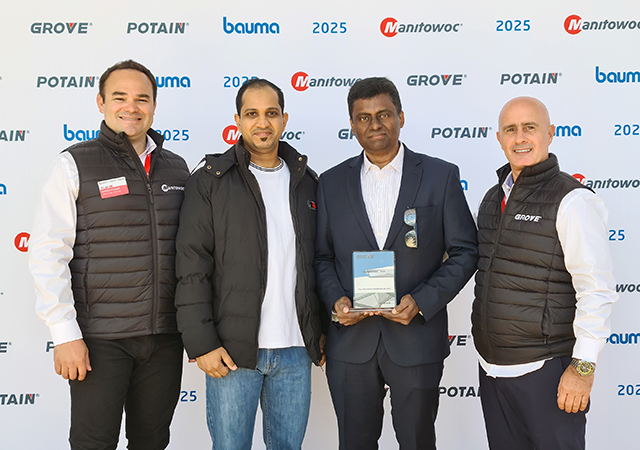
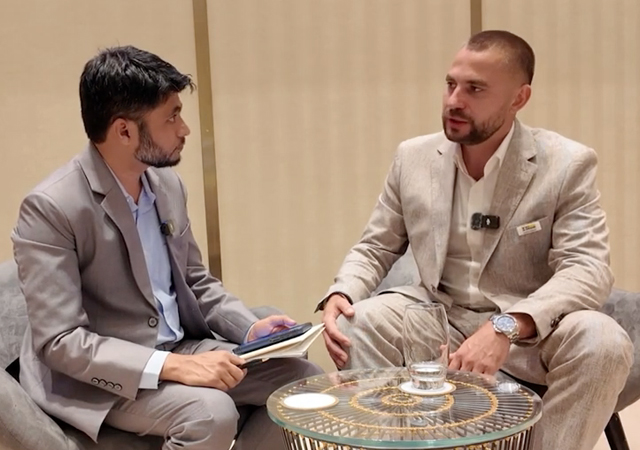
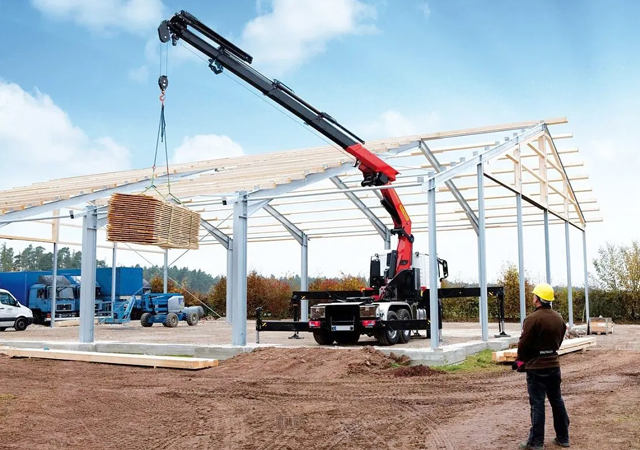
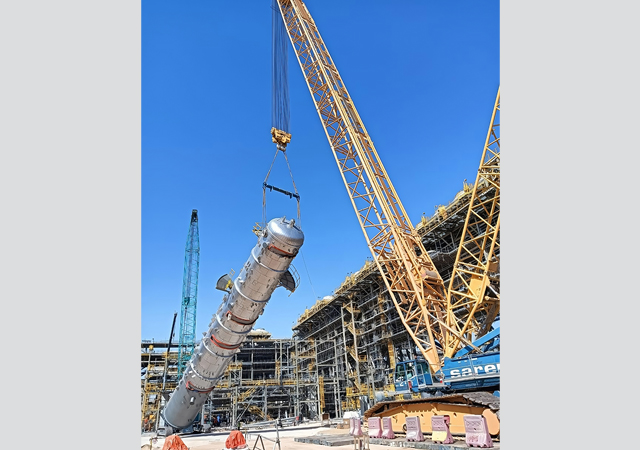
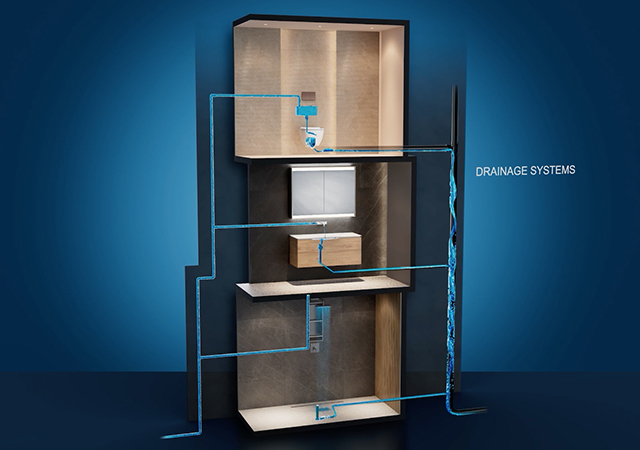
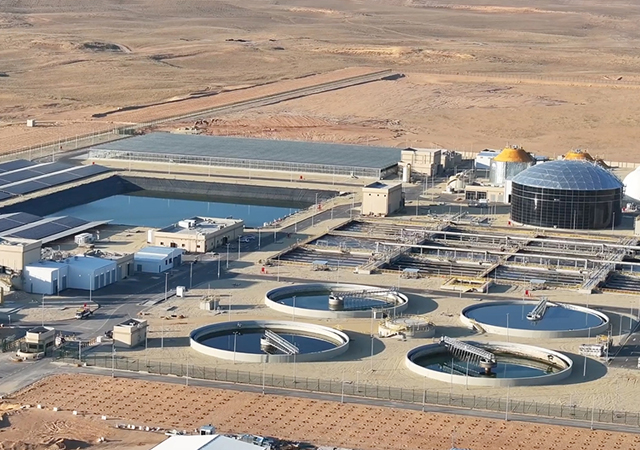

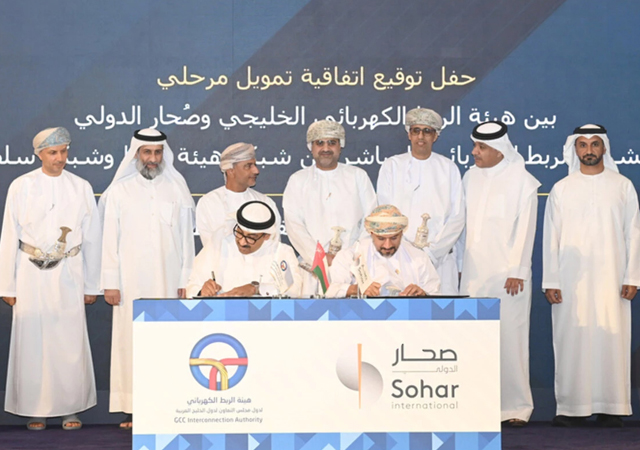
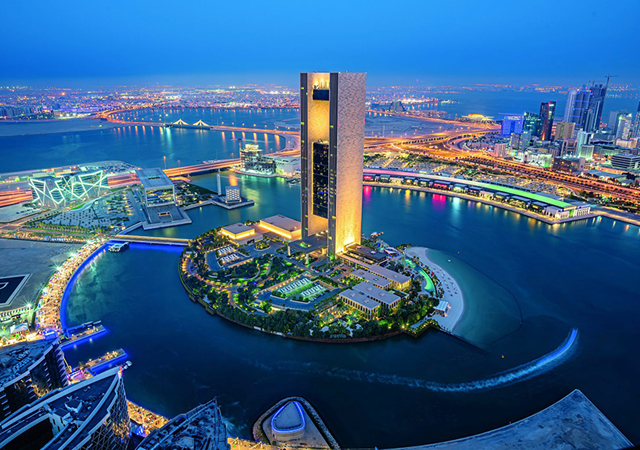
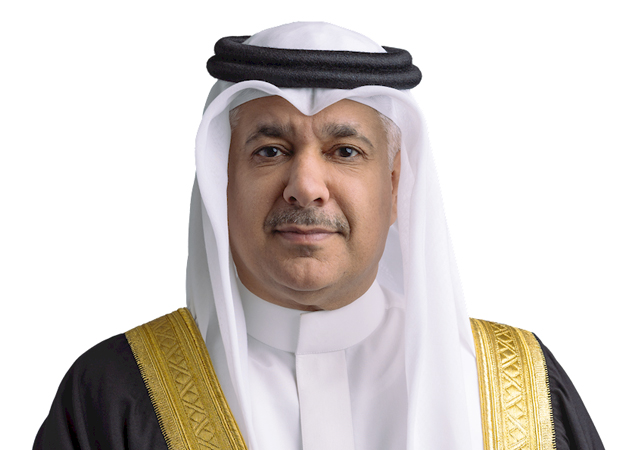



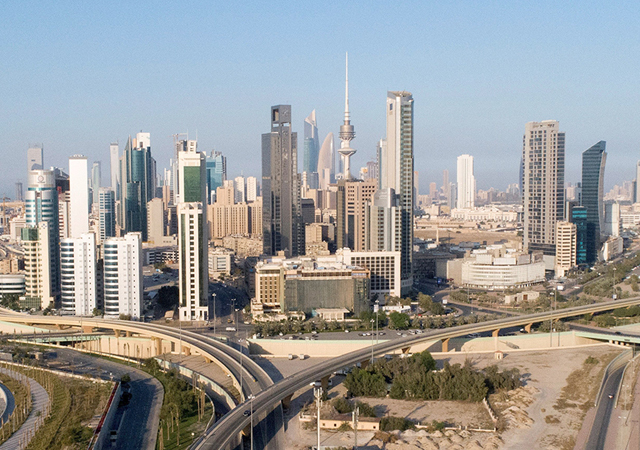
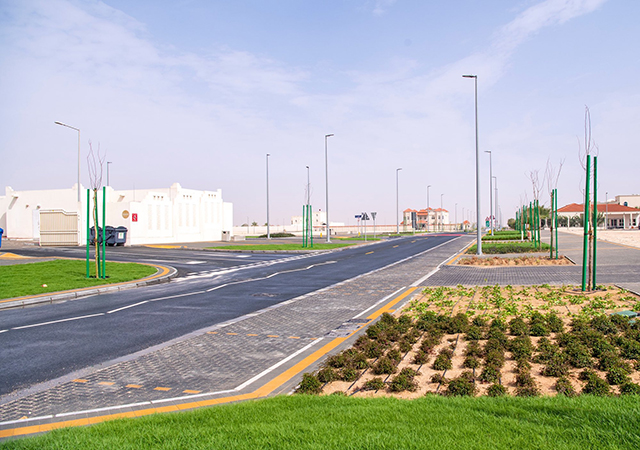

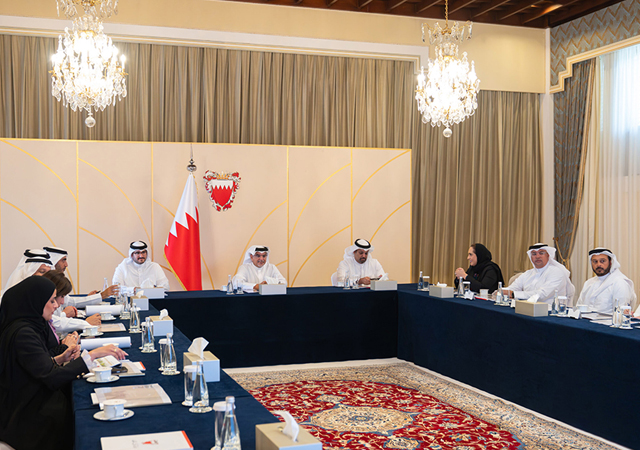


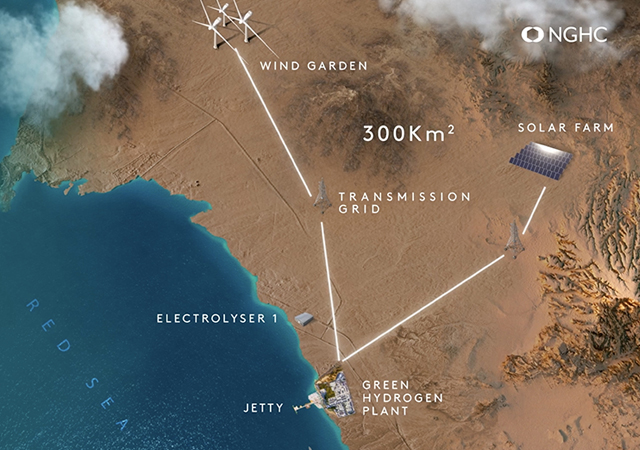
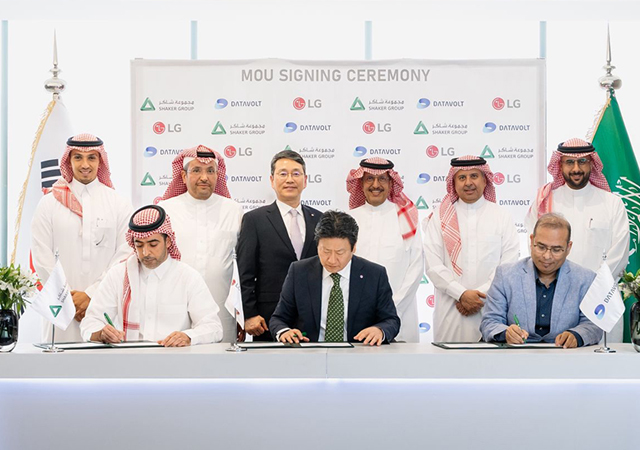
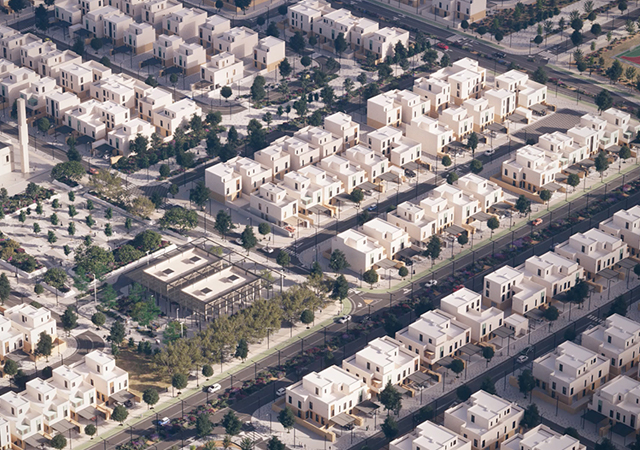
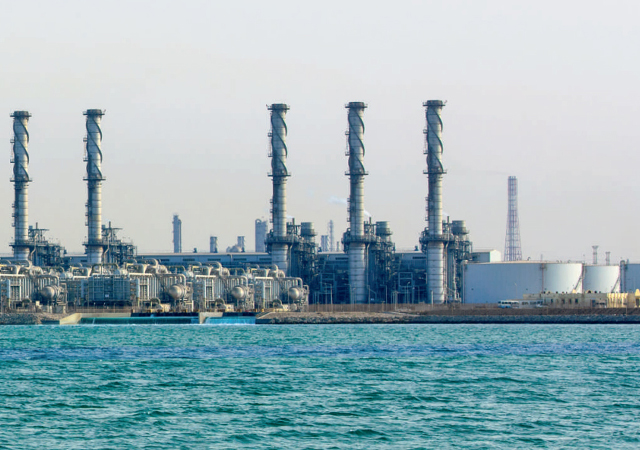
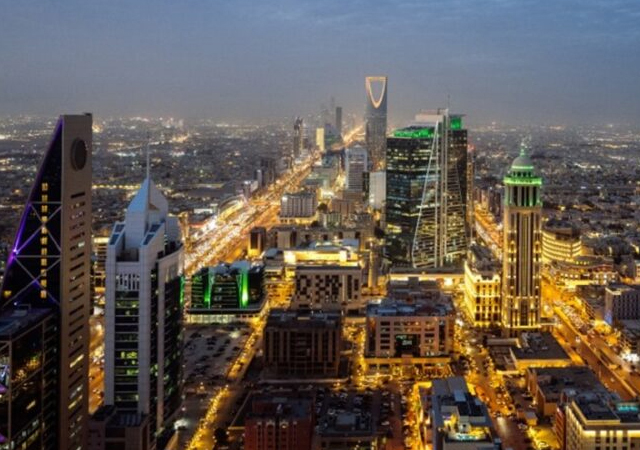
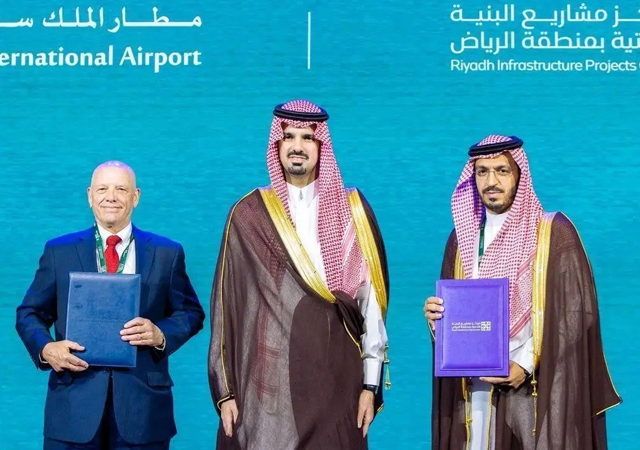
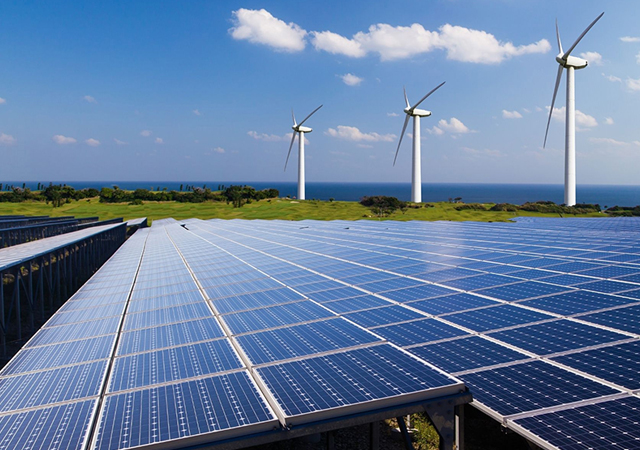
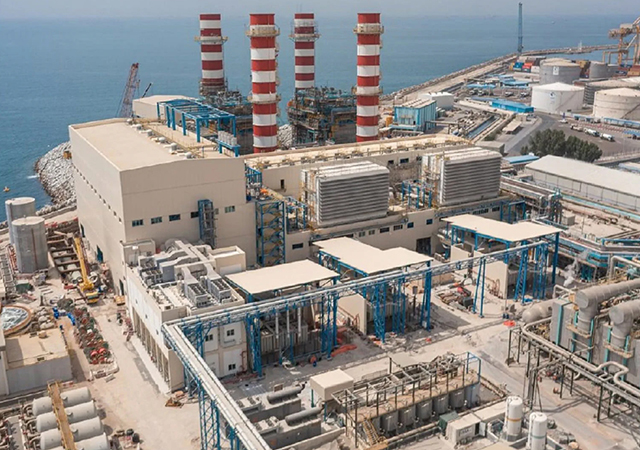


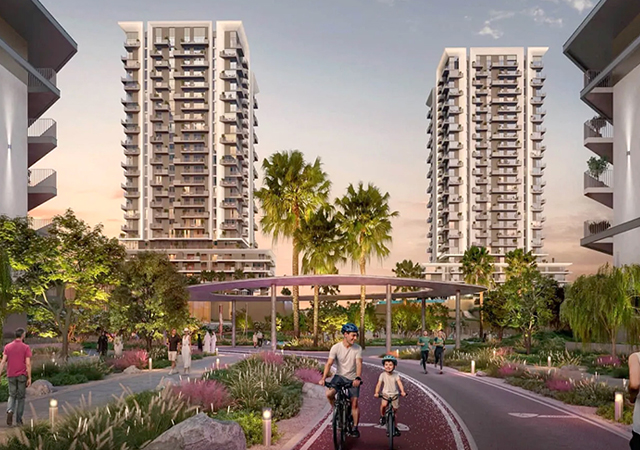
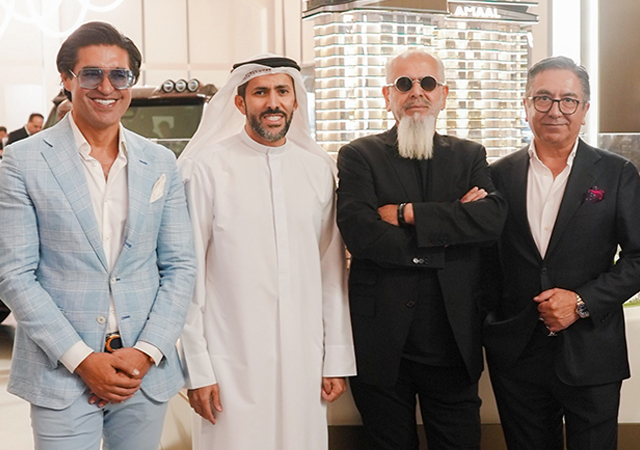
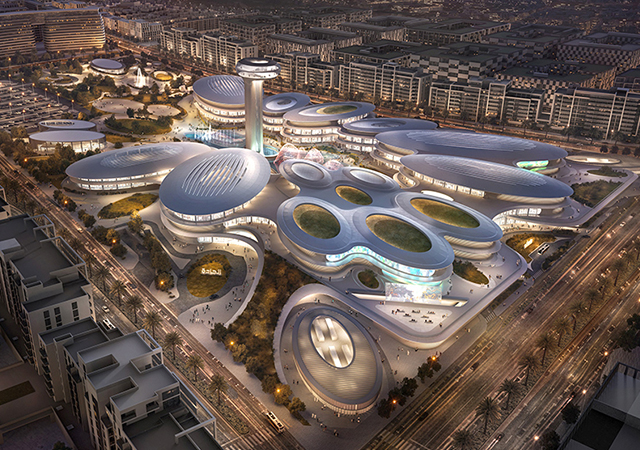

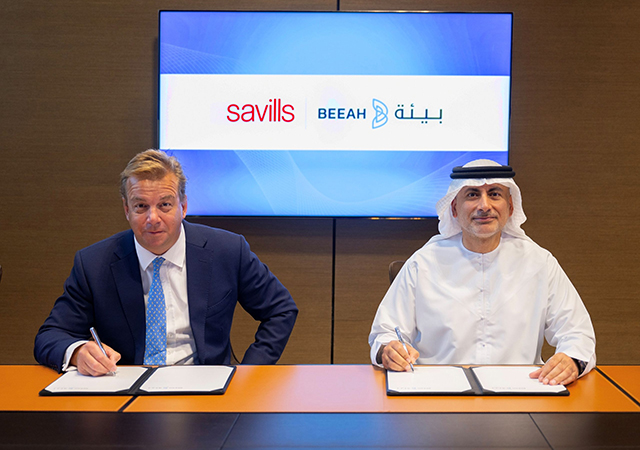
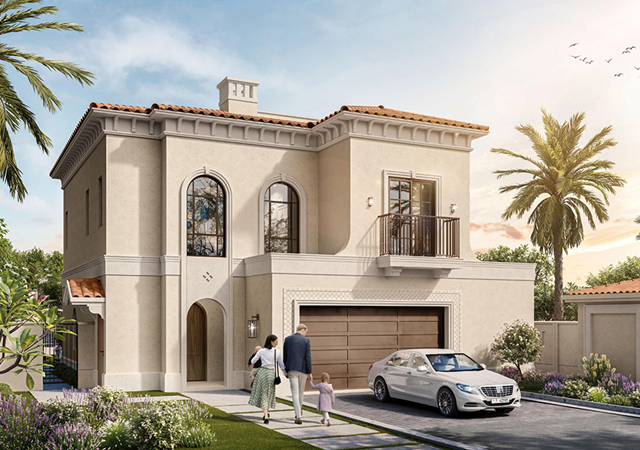
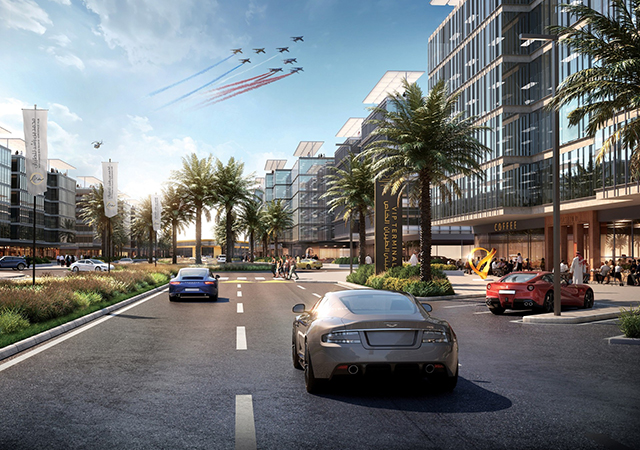

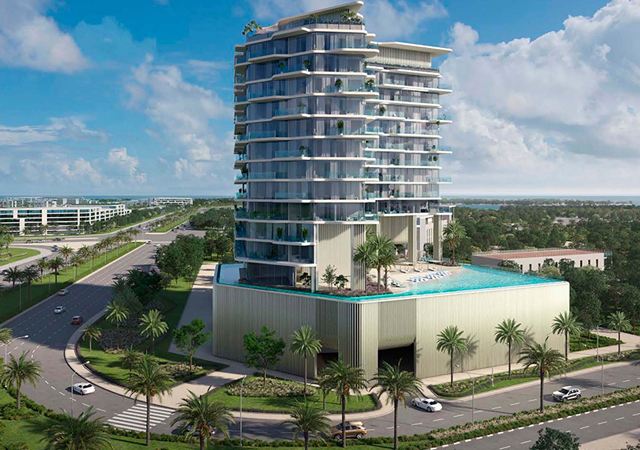
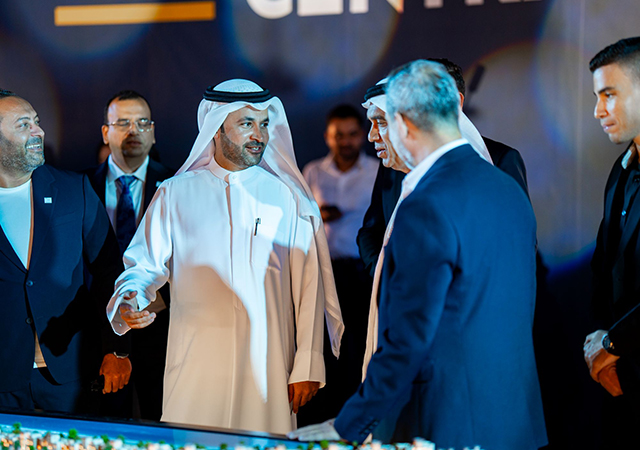
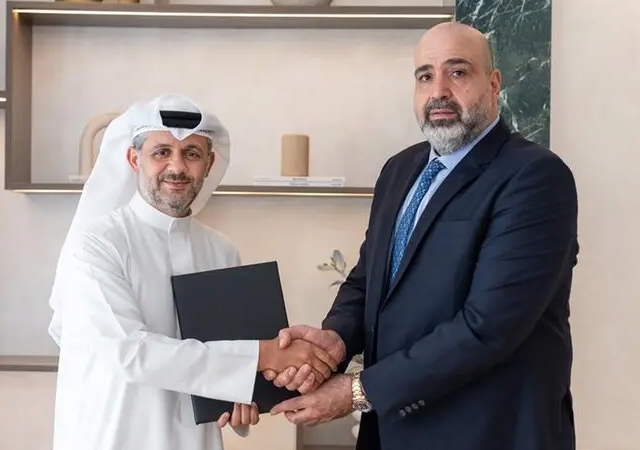
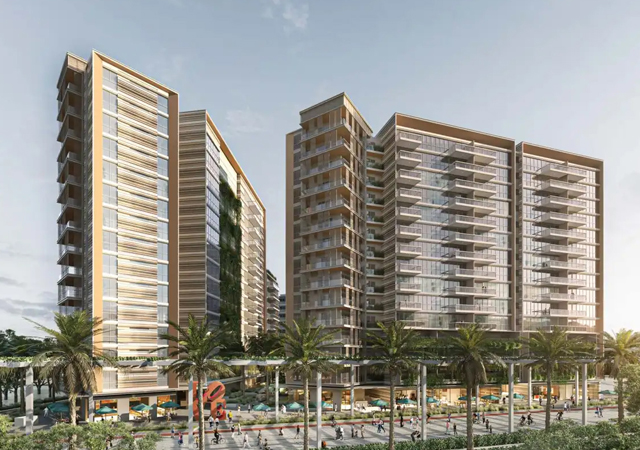
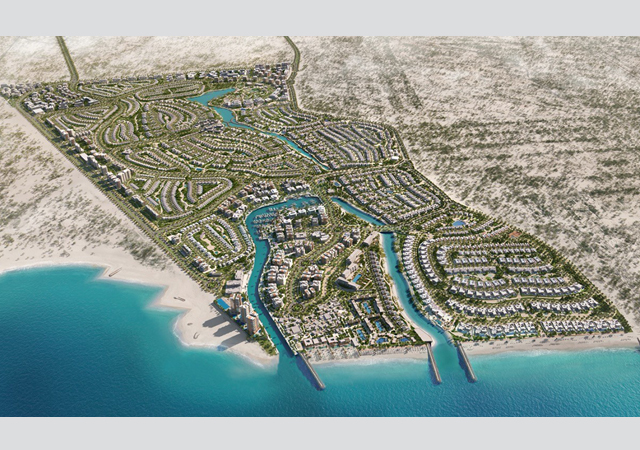
.jpg)
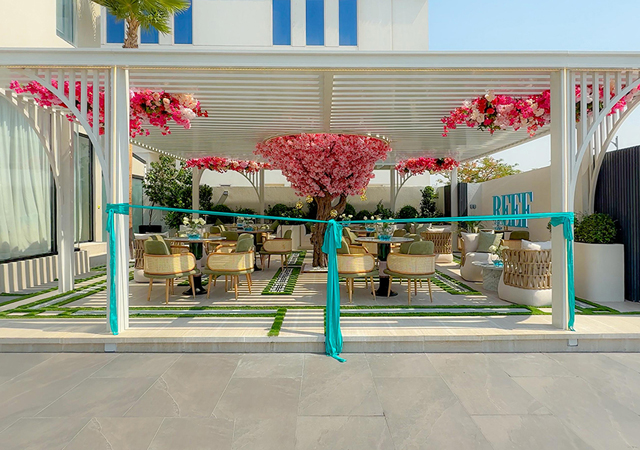
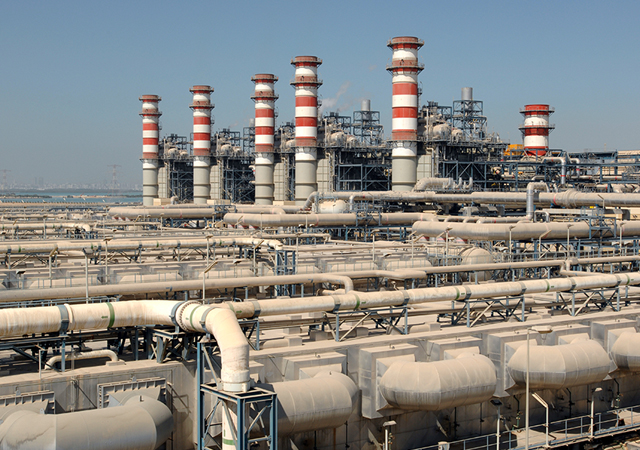
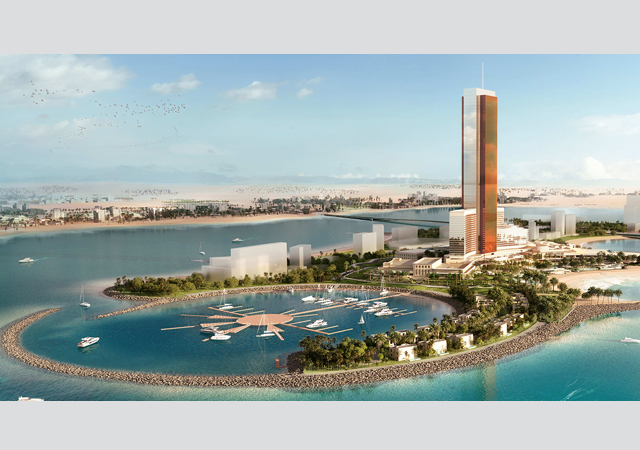
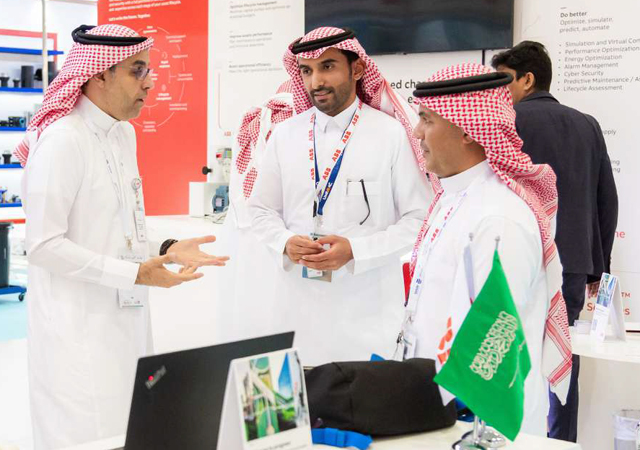
.jpg)

